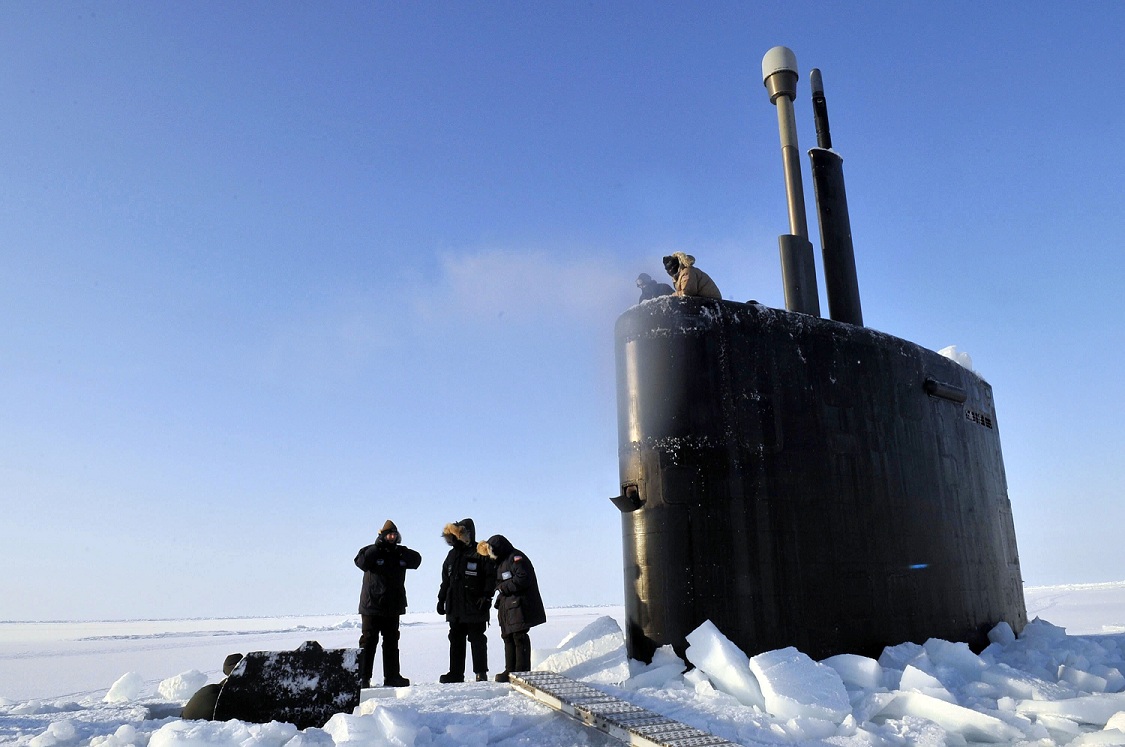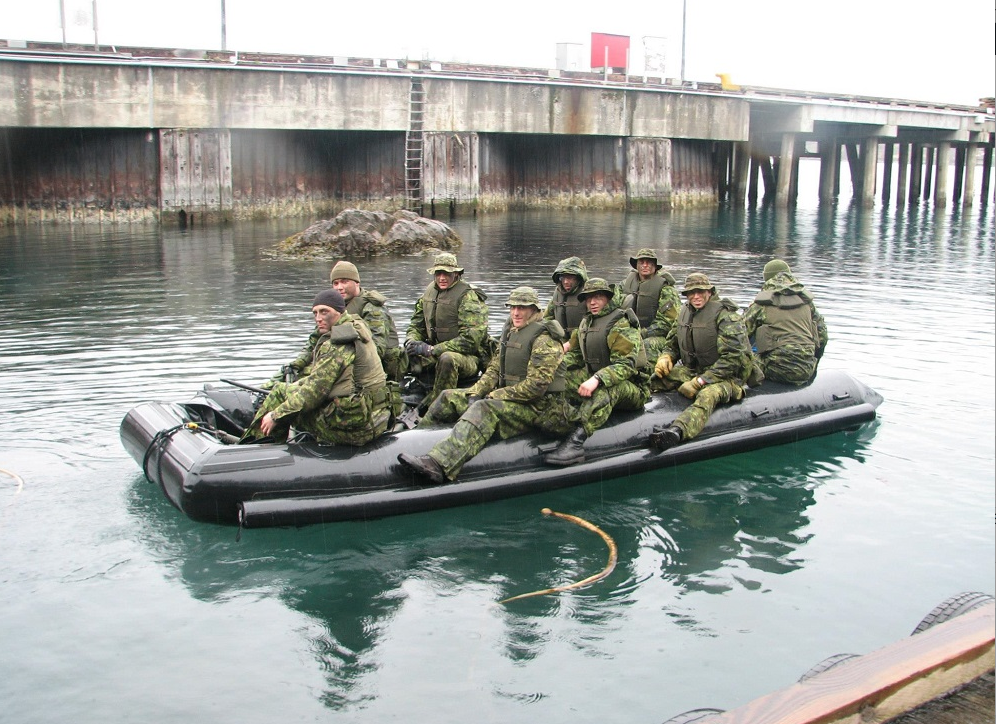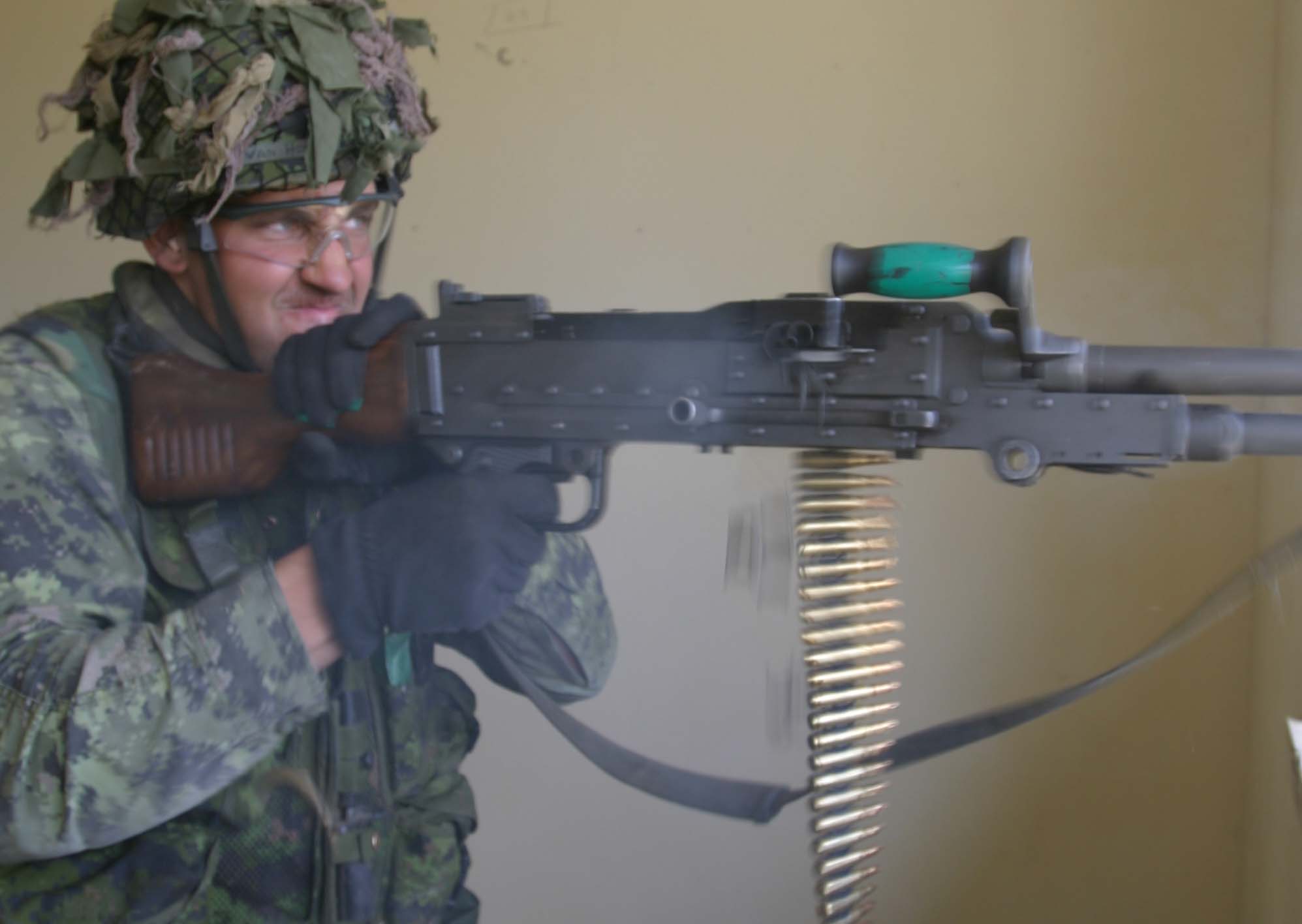On February 2, 2016, the President of the Kurdish Region of Iraq (KRI), Mahmud Barzani called for a non-binding referendum on Kurdish independence to be held in 2016, prior to the American presidential election. Barzani said “the same way that Scotland, Catalonia, and Quebec and other places have the right to express their opinions about their destiny, Kurdistan, too, has the right, and it’s nonnegotiable.” Barzani, who made a similar announcement in 2014, acknowledged that the upcoming referendum would be non-binding and used merely to gauge the will of Iraqi Kurds for independence. However, he has recently reiterated his emphatic desire for both Kurdish independence and new national boundaries in the Middle East. In January 2016, during an interview with the Guardian, Barzani called upon the world powers to recognize that the Sykes-Picot agreement had failed and that new boundaries for the Middle East were needed.
In the wake of the 1916 Sykes-Picot agreement, the Kurdish people were divided largely among Iraq, Syria, Turkey, and Iran. As a result, the Kurdish peoples are the largest ethnic group in the world who do not have their own state. The question of independence for the KRI is one that should be of interest to Canadians and NATO for several reasons. The Canadian Armed Forces (CAF) are training and supporting the KRI’s armed forces, the Peshmerga. These would be the forces that would be defending KRI’s future independence. Secondly, Turkey, who is a NATO member, has a tumultuous relationship with the Kurdish population within its borders and could oppose a neighbouring independent Kurdish state. Lastly, and most importantly, if the KRI became fully independent, it could instigate a similar process in the Shia dominated region of southern of Iraq.
Before examining the consequences of a referendum, it is worth discussing the current status of the KRI in Iraq. Article 117 of the Iraqi Constitution states that “this Constitution, upon coming into force, shall recognize the region of Kurdistan, along with its existing authorities, as a federal region.” As such, the Kurdistan Regional Government (KRG) is responsible for the internal matters of the KRI, such as drafting legislation, security, maintaining infrastructure, health services and education. The KRI represents the closest thing to a Kurdish state since the Republic of Mahabad in Iran, which lasted from 1946-47. For KRI, independence from Iraq means gaining more federal responsibilities, but more importantly, it means complete sovereignty.
There are many consequences that could result from KRI independence. However the most substantial series of events would be the full partitioning of Iraq. In 2006, then Democratic Senator Joe Biden co-authored an op-ed defending the “three state solution” for Iraq. The three state solution is a plan to govern Iraq through three autonomous regional states as opposed to one exclusive federal state. These three states would be divided along the existing ethnic and religious lines that reflect the country’s major demographics. In the north, Kurdish Iraqis would have their own state, Sunni Iraqis would govern a state in the center while Shia Iraqis would govern the southeastern portion. A lynchpin of this agreement would be negotiating distribution of oil revenues, as the overwhelming majority of the country’s oil fields are in the north and south regions. While the three state solution may have been amicable had it been orchestrated properly, an independent KRG amidst the current affairs in Iraq, with ISIS controlling much of the Sunni territory, would likely solidify Shia absorption of control in the rest of the country.
Iraq has traditionally been a Shia majority country, controlled by Sunnis. After the overthrow of Saddam Hussein, and the subsequent passing of a constitution, which mandated a parliamentary democracy in Iraq, the Shias developed into a political and social force, representative of their majority population status. Since 2003, the Sunni and Shia Arab populations have been manoeuvring for power in a post-Saddam Iraq. If KRI declares independence from Iraq, the Shia population would constitute a much larger percentage of the remaining population, solidifying the Sunni Arab population as the minority.
There is a general perception among the Iraqi Sunni community that the Shia controlled government is biased in favor of the Shia population, which in 2013 saw thousands of Iraqi Sunnis protesting the Shia government in Bagdad. The Prime Minister at the time was al- Maliki, who turned the Iraqi Security Forces (ISF) from a 55% Shia organization in 2010 to 95% Shia in 2014. In addition to the Shia dominated ISF, there are approximately 50 different Shia militias operating in Iraq, many of which have ties to Iran. The perceived Shia bias, as well as growing Shia control under al-Maliki contributed to Sunni men joining or supporting Sunni militias and insurgent groups. Under the new Iraqi Prime Minister, Haider al-Abadi, reports have surfaced detailing war crimes committed by Shia militias against Sunni civilians, which illustrates that sectarian violence is ongoing, and offers further incentive for Sunnis to join Sunni militias.
It is hard to argue against the plight for Kurdish independence in Iraq. However, independence in the KRI will expedite the acquisition of power by Iraq’s Shia population. Under Iraq’s constitutionally protected parliamentary democracy, Iraq’s Shia majority population is much better positioned to consolidate power. If this happens in a fashion that alienates and marginalizes the Sunni population, additional support to the Sunni militias and insurgents should be expected, which will perpetuate the internal conflict. This is a likely effect of KRI independence in the near future.
Photo: Peshmerga (2014), by Kurdishstruggle via Flickr. Licensed under CC BY 2.0.
Disclaimer: Any views or opinions expressed in articles are solely those of the authors and do not necessarily represent the views of the NATO Association of Canada.




